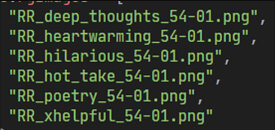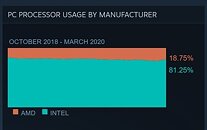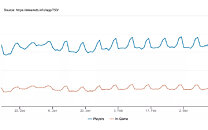NVIDIA today has finally launched its GeForce Now streaming gaming service, and users can enjoy partial amounts of free gaming under the business model. There are two tiers of users on offer: Free, and Founders. The free tier, which you may give a go to check the streaming infrastructure and if it's something you would enjoy paying for, is limited to 60-minute play sessions. This means that after the clock has stopped ticking (with potentially intrusive pop-up notifications reminding you of how much time you have left every 10 minutes), you'll be forced to quit the game, and submit yourself to a playing queue until your next 60-minute window is up. RTX isn't available in this tier, though - so if you also wanted to see for yourself what the raytracing talk is all about, you'll have to pay $5 (monthly subscription) to cross that particular river.
Founder-tier members, however, will be able to enjoy the latest RTX-enabled games. The only ones listed on the service, for now, are Wolfenstein: Youngblood, Call of Duty: modern Warfare, Metro Exodus, and Deliver Us the Moon, which NVIDIA has recently started bundling with select RTX graphics cards). There is still a catch though: play sessions will be limited to 6 hours, after which time you'll be brought back to a gaming queue (though you'll have precedence over Free tier accounts, should there be many Founders-tier players in the queue, you might have to wait a while). There's a limited-time 90-day introductory period of which you can take advantage while subscribing for the Founders tier right now, which means you will only be billed after that 90-day grace period is over. Remember - you have to own a digital copy of the game you want to play in any of the more popular storefronts, such as EPIC and Steam, before you can game - but it's still a nice way to experience RTX should you currently own a non-RTX-enabled graphics card.
















































